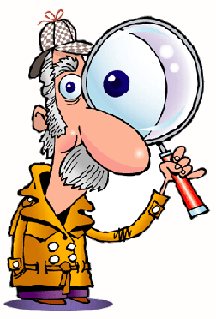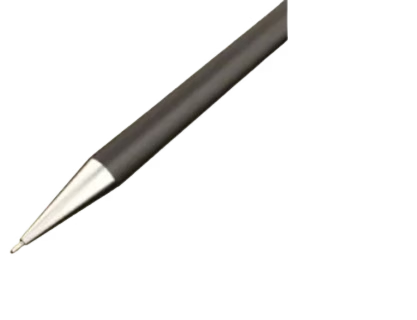POWER OF OBSERVATION
Many of science’s most important breakthroughs, from the discovery of microorganisms to the theory of evolution, have come about through observation. The scientist’s gaze is clearly a powerful tool for making sense of how the world works.
When we speak of observation we don’t just mean seeing, but also hearing, touching, and feeling as well. “Seeing is not observing.” It is not the same as “everyday observation.” The more aspects of a thing we can perceive, then the greater our learning of it becomes. By consciously paying attention to details, intellectual sensitivity is increased. Keen observation is a by-product of enthusiasm and vice versa. This technique greatly aids in doing the practices and exercises discussed, and is applicable in almost any creative endeavor. It is a must for every achiever.

To develop your own faculty of observation, do this rudimentary exercise. Get an ordinary stone. Hold it in the palm of your hands. Then observe it very carefully. Note its color. Is it white, ecru, mother-of-pearl, or flesh-colored? Observe the various gradations in its colors. Then try to smell the stone. What is its smell? Then touch it. Feel its roughness or softness, its texture. Feel its weight. Bathe all your senses with the qualities, sensations—the very existence—of the stone.
For the next experiment, use a leaf. Do the same careful examination of its characteristics, textures, colors, smell, etc. Later, you may choose any object to observe.
The idea is to observe closely and carefully each object. Use all your senses. Try to make the object be really part—a live, real part—of your consciousness. You must reach a point in your observation in which, when you close your eyes, you can see, feel, smell, and touch the object as if it were really there in front of you or in your hands.
Everyday, you pick an object, a grain of sand, a coin, or any other object. Try to observe its color, shape, weight, pattern, texture and size. Pick another object and do the same. Do this everytime you look at anything.
It has been proven that if a person diligently practices this technique on observation, for about 5 minutes on any object, then he will soon develop his powers of concentration as well as his memory.
Be mindful. Interact with your environment. Eat slowly as to observe how the food smells and tastes, and its texture as you chew. Note the weather, the influence of nature, and whether the scene around you is calm or chaotic. At night, look up at the sky and really see the stars. Inhale the scent of your surroundings.
BENEFITS
This practice sharpens the mind and the senses; increases sensitivity; enhances memory; develops keen awareness of one’s self and surroundings; gains deeper understanding of one’s life and experiences; and strengthens one’s analytical, thinking, and reasoning abilities.

Observation increases concentration and expands the scope of the mind. This technique enables greater and faster learning; and a more appreciating and fulfilling life.
Honing this faculty facilitates discoveries and inventions, and allows new ways of thinking which transcend paradigms; enables one to look for creative solutions, especially at critical times such as in moments of danger; and increases one’s capacity for detailed observation such as that needed for scientific studies or investigative work.

